How to Choose Cycling Hydration Packs

Exercising enthusiasts know how important it is to stay hydrated, and sometimes a simple water bottle isn't enough. This is where a hydration pack comes in. Hydration packs allow you to comfortably carry different amounts of water while still giving you the convenience of a backpack. Today, there are a lot of options when it comes to hydration packs, so let's figure out how to choose the right one for you!
Water capacity
Depending on your chosen activity, you may require a certain amount of fluid. For short rides on trails, a smaller pack (approx. 1.5 litres) will suffice. Nevertheless, you may want to opt for a larger option (approximately 3 litres) if you are keen on long-distance excursions.
If you buy a smaller bag, you will only be able to half fill it. Never buy a larger bag for short rides! Usually the difference is not noticeable when the bag is empty. It may seem heavy at first to carry water on your back. You will have to think carefully about how much water you need before packing 1 liter of water.
1. 0.5 liters (16 fluid ounces) is a good amount for lower intensity activities like walking or hiking.
2. 1 – 1.5 liters (32 – 50 fluid ounces) works well for riders, runners or hikers who want to keep overall weight down so they can still move quickly.
3. 2 – 2.5 liters (70 – 85 fluid ounces) is the obvious choice for those who are planning longer adventures and want a pack large enough to carry other types of gear.
Storage space
Despite the name "hydration pack," water capacity isn't the only factor to consider when choosing a bag to take mountain biking. From a small backpack that can hold only a phone and keys to a full-size backpack that can hold everything from camping equipment to camera equipment, storage space varies widely.
For those who have adequate frame storage on their bikes and want to keep water on their backs while leaving their frame bags for other supplies, a minimal pack might be the ticket. You will probably need a larger pack if you have a small frame and can't fit a lot on it. You may want to consider purchasing a backpack designed specifically to carry your photography equipment if you enjoy taking pictures more than the average person.
Most of us fall somewhere in the middle, and want a pack that will hold plenty of water, as well as a few other items, such as tools, food, and an extra layer or rain jacket. The majority of hydration packs on the market are designed with these exact needs in mind.
Waterproofness
Some bags are more waterproof than others. Some hydration packs also include a waterproof cover that can be pulled out in case of rain. A sensitive item (like a camera) or riding in wet conditions may make this an important consideration.
Water packs' waterproofness comes from the fabric they are made of. The fabric used varies from bag to bag, from polyester to plastic. Any bag you choose should be durable and able to withstand some rough handling. Therefore, look for ripstop fabrics and reinforced areas so that your pack can withstand the test of time.
Owning and having a hydration pack is one of the best accessories that you can have if you cycle regularly, regardless of whether it's a sporting activity, a hobby, or a way to commute. Cycling routes in the summertime are more than suitable for hydration packs. You can not only carry the water and have easy access to it, but you will also prevent the pollution of the environment since you will not use plastic bottles.
Water capacity
Depending on your chosen activity, you may require a certain amount of fluid. For short rides on trails, a smaller pack (approx. 1.5 litres) will suffice. Nevertheless, you may want to opt for a larger option (approximately 3 litres) if you are keen on long-distance excursions.
If you buy a smaller bag, you will only be able to half fill it. Never buy a larger bag for short rides! Usually the difference is not noticeable when the bag is empty. It may seem heavy at first to carry water on your back. You will have to think carefully about how much water you need before packing 1 liter of water.
1. 0.5 liters (16 fluid ounces) is a good amount for lower intensity activities like walking or hiking.
2. 1 – 1.5 liters (32 – 50 fluid ounces) works well for riders, runners or hikers who want to keep overall weight down so they can still move quickly.
3. 2 – 2.5 liters (70 – 85 fluid ounces) is the obvious choice for those who are planning longer adventures and want a pack large enough to carry other types of gear.
Storage space
Despite the name "hydration pack," water capacity isn't the only factor to consider when choosing a bag to take mountain biking. From a small backpack that can hold only a phone and keys to a full-size backpack that can hold everything from camping equipment to camera equipment, storage space varies widely.
For those who have adequate frame storage on their bikes and want to keep water on their backs while leaving their frame bags for other supplies, a minimal pack might be the ticket. You will probably need a larger pack if you have a small frame and can't fit a lot on it. You may want to consider purchasing a backpack designed specifically to carry your photography equipment if you enjoy taking pictures more than the average person.
Most of us fall somewhere in the middle, and want a pack that will hold plenty of water, as well as a few other items, such as tools, food, and an extra layer or rain jacket. The majority of hydration packs on the market are designed with these exact needs in mind.
Waterproofness
Some bags are more waterproof than others. Some hydration packs also include a waterproof cover that can be pulled out in case of rain. A sensitive item (like a camera) or riding in wet conditions may make this an important consideration.
Water packs' waterproofness comes from the fabric they are made of. The fabric used varies from bag to bag, from polyester to plastic. Any bag you choose should be durable and able to withstand some rough handling. Therefore, look for ripstop fabrics and reinforced areas so that your pack can withstand the test of time.
Owning and having a hydration pack is one of the best accessories that you can have if you cycle regularly, regardless of whether it's a sporting activity, a hobby, or a way to commute. Cycling routes in the summertime are more than suitable for hydration packs. You can not only carry the water and have easy access to it, but you will also prevent the pollution of the environment since you will not use plastic bottles.
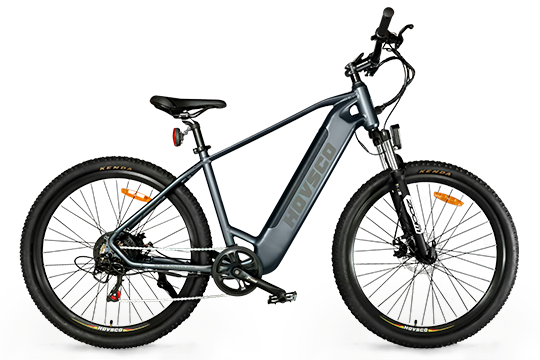
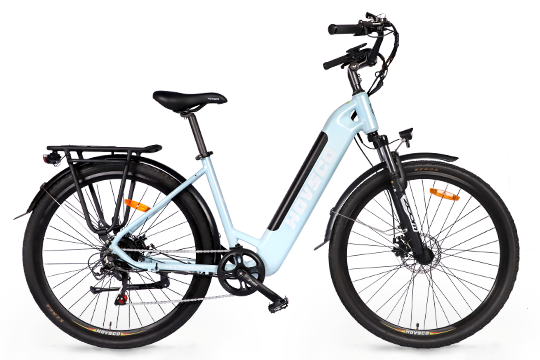

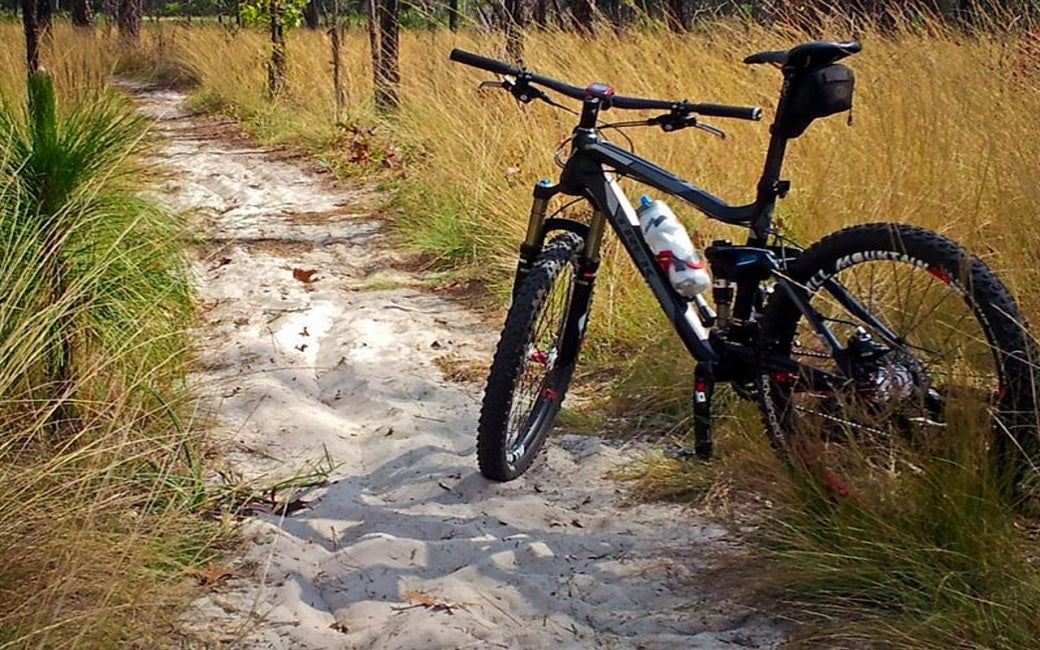
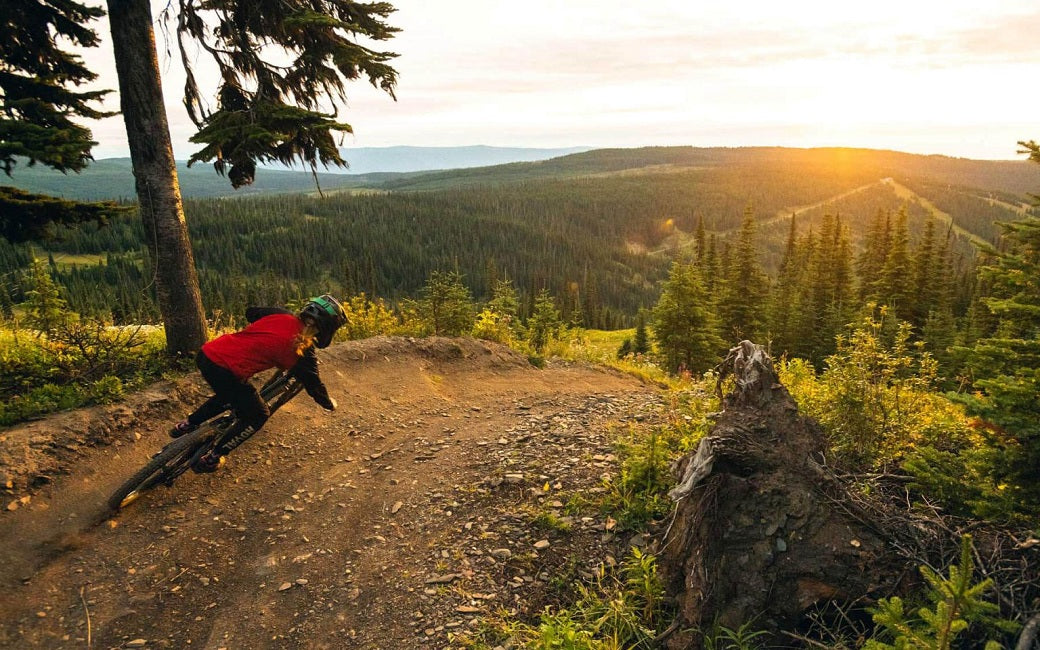
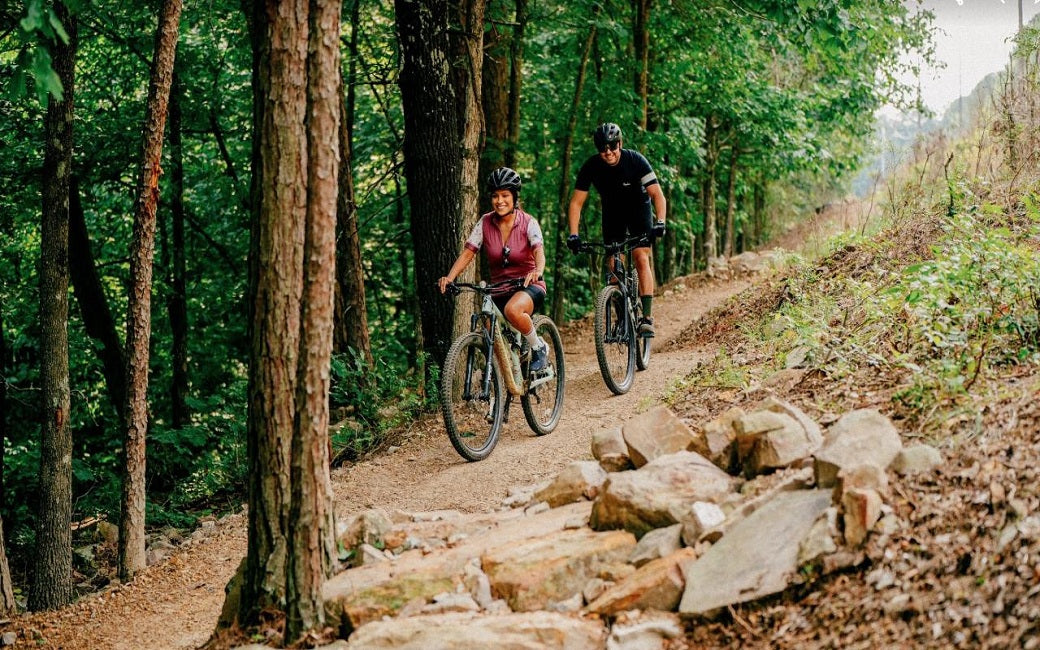
Leave a comment